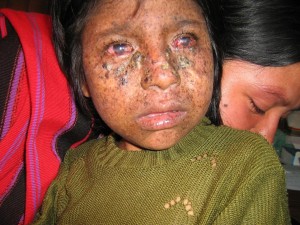Part 1:
Im a gene, I am part of a cell. I was given instructions by the BLM gene to become part of the RecQ helicases. Helicases attach to DNA and split into a double helix of the DNA molecule. This unwinding is necessary for several processes in the cell nucleus. RecQ helicases help maintain the structure and integrity of DNA. As I prepare to divide to form two cells. The chromosomes copy to each new cell. Each chromosome comes from each parent. These chromosomes become sister chromatids, they are exactly identical to each other. Sister chromatids sometimes exchange small parts of DNA. The protein from the BLM prevents them from exchanging.
The mutation begins when their isn’t enough functional BLM protein. When there isn’t enough protein, the sister chromatids become 10x larger then regular size. When the DNA exchange drops, the individual gene from the parents are increased for people with the BLM gene. Without the proteins, the less the cell is able to repair from the damages of the UV light which increases the damage from sun sensitivity. The changes from the uncontrolled way of dividing cells, leads to a better chance of cancer
The effects that happened on my host is that the sensitivity of the UV light affects that leave burns on their face.
The life of my host has been affected by the UV light from the sun makes the burns on their faces, so they can’t stay outside for a number of time. As a baby my host had a small stature and didn’t weigh that much, he had an increased chance of cancer.
Part 2:
Q: What questions did you need to research in order to create your mutation story?
A: My questions were, What do they look like, is this decease rare or is it among most people, facts about bloom syndrome, and how does the decease work.
Q: What new or familiar digital tools did you try to use as you worked through this project?
A: Im not really sure, I just made the story with the facts I was given.
Q: What was the process you used to investigate the topic?
A: I searched up “What is bloom syndrome?” and I used the site that I thought would help me with finding information and then I wrote my story.
Q: How did you verify and cite the information you found?
A: I used Citation Machine to cite my information
Q: How did the process of completing this challenge go? What could you have done better?
A: It was pretty hard putting it into my own words and trying to give out the most information, and I think I could’ve done better by using more information.

You have put together a good story that outlines the experience of having this genetic mutation. The links that you have put in help me to find out more information but I wish you used a few more resources.